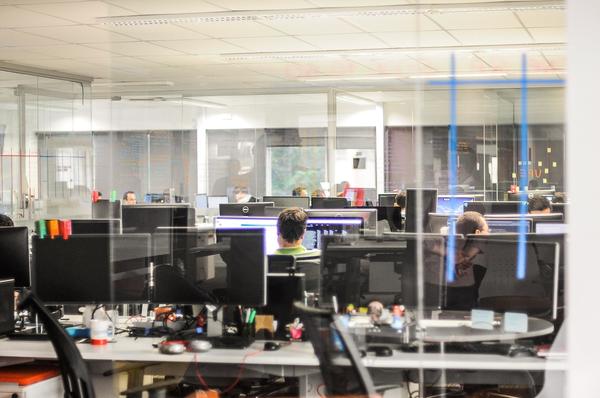Most are familiar with the front, middle and back office. It's a business model that has existed for decades and one that has delivered tremendous value for organisations around the world.
It's also a model that, in the wake of new technologies and new digital ecosystems, is no longer an optimised approach for delivering business efficiency. [...]
While offshoring labor delivered significant financial benefits, organisations also experienced the negative impacts of disjointed business structure - namely disconnect amongst workers separated by borders, working cultures and time zones.At the same time, we saw the emergence of new automation solutions capable of managing tedious, data-intensive work. With this came an opportunity to rethink tired business models.
Ripple's Big Bet on Blockchain Technology
tion for forward-thinking businessesFor organisations looking to break down the barriers of their outdated business models and realise the benefits of a cohesive approach where people and automation work seamlessly together, they must focus less on categorising tasks into siloed areas and more about key qualifiers. While back office tasks are typically viewed as automatable work, it's not always that black and white.
Organisations should instead consider qualifiers that assess a task's suitability for automation. For robotic process automation (RPA), the qualifiers for automatable tasks are those that are rules-based, repetitive and have as few exceptions as possible.
With advances in technologies that can process complex data types (including images and voice), however, the range of possibilities can be expanded when those technologies are combined with RPA.
As business leaders looks ahead it's imperative for organisations to shift away from the front, middle and back office split, to a model that harnesses the inherent attributes of the resources available to them.
For many organisations, this might mean assigning rules-based, structured and repetitive processes, as well as work involving text and numbers, to virtual workforces, and allowing humans to focus on ad hoc, offline and image-based work. By taking this approach, organisations can:
- Optimise employees' potential.
- Enhance the client experience through more accurate and efficient processes.
- Ensure business agility and control through a more fluid, stable structure.
By taking advantage of the virtual and human resources available now, organisations will be able to best compete today. And by looking at their business structure comprehensively, they'll be able to assess, design and implement changes that keep pace with the evolving market and new client needs tomorrow.
Source: Information Age (View full article)
Posted by Dan Corcoran on January 19, 2018 09:28 AM



Post a comment